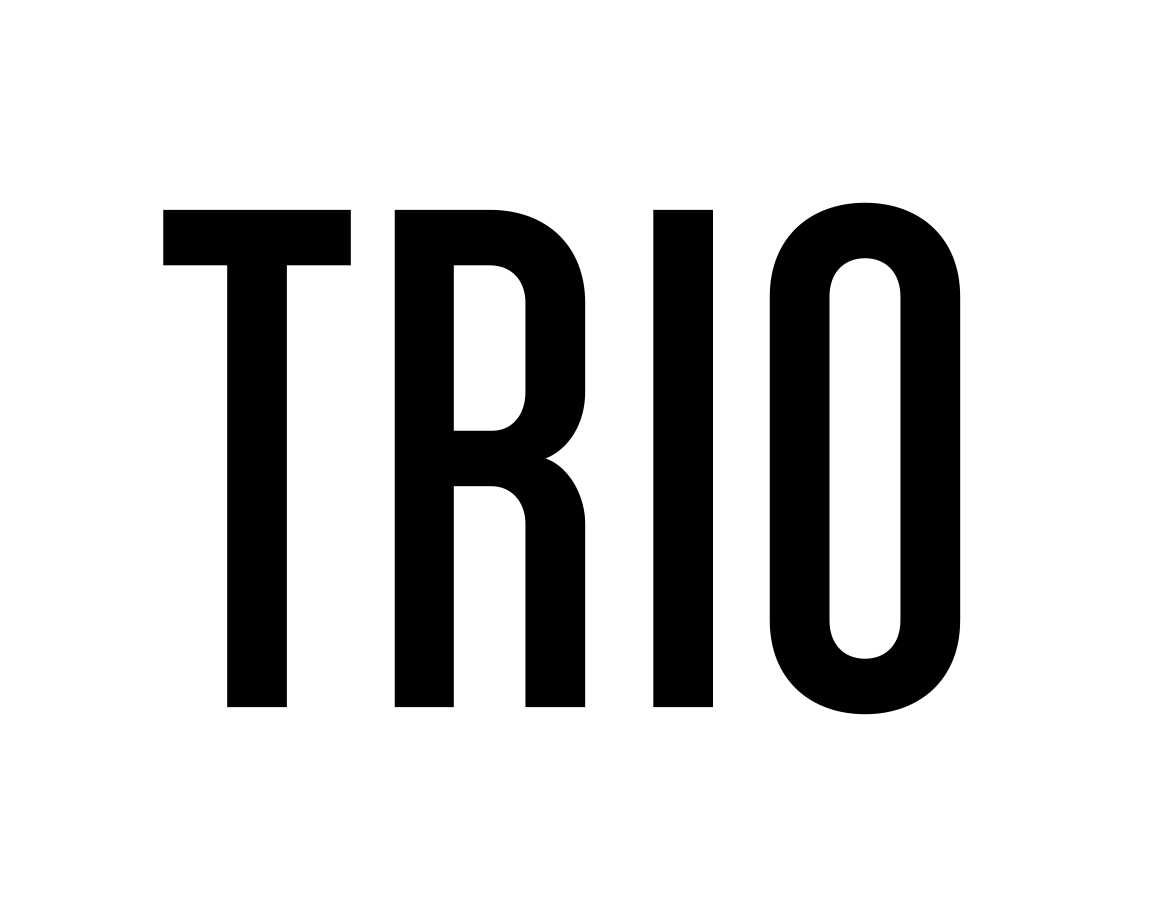Submissions
Submission Preparation Checklist
As part of the submission process, authors are required to check off their submission's compliance with all of the following items, and submissions may be returned to authors that do not adhere to these guidelines.- This manuscript has not been published in any other journal, and it has not been offered to any other journal (or an explanation has been provided in Comments for the Editor).
- The manuscript and other files are written in one of the following formats: .doc (MS Word) or .rtf (Rich Text Format). Figures and score examples are in .pdf (Adobe Acrobat) format, embedded in the text.
- An English-language abstract of no more than 200 words has been composed for the article. An English language abstract of no more than 70 words has been composed for another writing (e.g., lectio).
- A brief introduction of the author (app. 20 words) and keywords (3–7) have been prepared in a separate file, all in English.
- The manuscritp and the abstract are fully anonymised, including the reference list and the ID in the author's word processor (MS Word: File > Tools > Protect document > Remove personal information).
- References should include DOI or URL if possible. DOI numbers can be found in crossref.org/guestquery/
-
The manuscript complies to the principles for the responsible conduct of research by the Finnish National Board on Research Integrity (TENK)
- For the publication images should also be ready as separate files in high resolution (photographs ideally 600dpi TIFF files, music examples preferably 1200 dpi TIFF files or high-resolution PDF files).
- Possible disqualification issues of peer reviewers have been declared (in Comments for the Editor). For doctoral researchers, this means identifying the work's supervisors and members of the evaluation committee.
Copyright Notice
When submitting an article or other text to be published in Trio, the author or authors transfer publishing rights to the Sibelius Academy of the University of the Arts Helsinki. The Sibelius Academy then has the right to publish the text in printed form and in digital form at the University of the Arts Helsinki web platform. Prior to publication, the text must undergo editing as required by the established assessment process for Trio. The University of the Arts Helsinki has the right to sell Trio both in the printed and in the digital form and to transfer limited distribution rights to licensed national and international databases or publishing companies for academic publications (for example, Elektra and Ebsco), without forwarding rights. This transferred right of publication will not entitle the author(s) to monetary compensation. The author(s) will retain the proprietary rights and the right of use to the text, which will not be limited by the transfer of a parallel right of use. The author or authors warrant that the text does not infringe the copyright of a third party.
Privacy Statement
Data collection The publisher keeps regular electronic records of the key review information and documents related to the manuscripts accepted for the review process: For refereed manuscripts that are not published, the recorded data must include at least the name of publication and names of authors mentioned in the publication proposal, as well as the names of referees. As concerns published refereed manuscripts, the recorded data must include at least the publication proposal by the authors, opinions issued by the reviewers, decisions on the publication made by the editors and sent to the authors. This is not public data and will not be regularly reported to TSV (Federation of Finnish Learned Societies). However, the publishers will commit themselves to providing TSV or TENK (Finnish National Board on Research Integrity) with the details and documents related to an individual peer reviewed article if asked to do so.
Please read the Journal.fi Privacy Policy.
The Federation of Finnish Learned Societies and the journal are joint controllers. Their respective responsibilities are described in the document.




